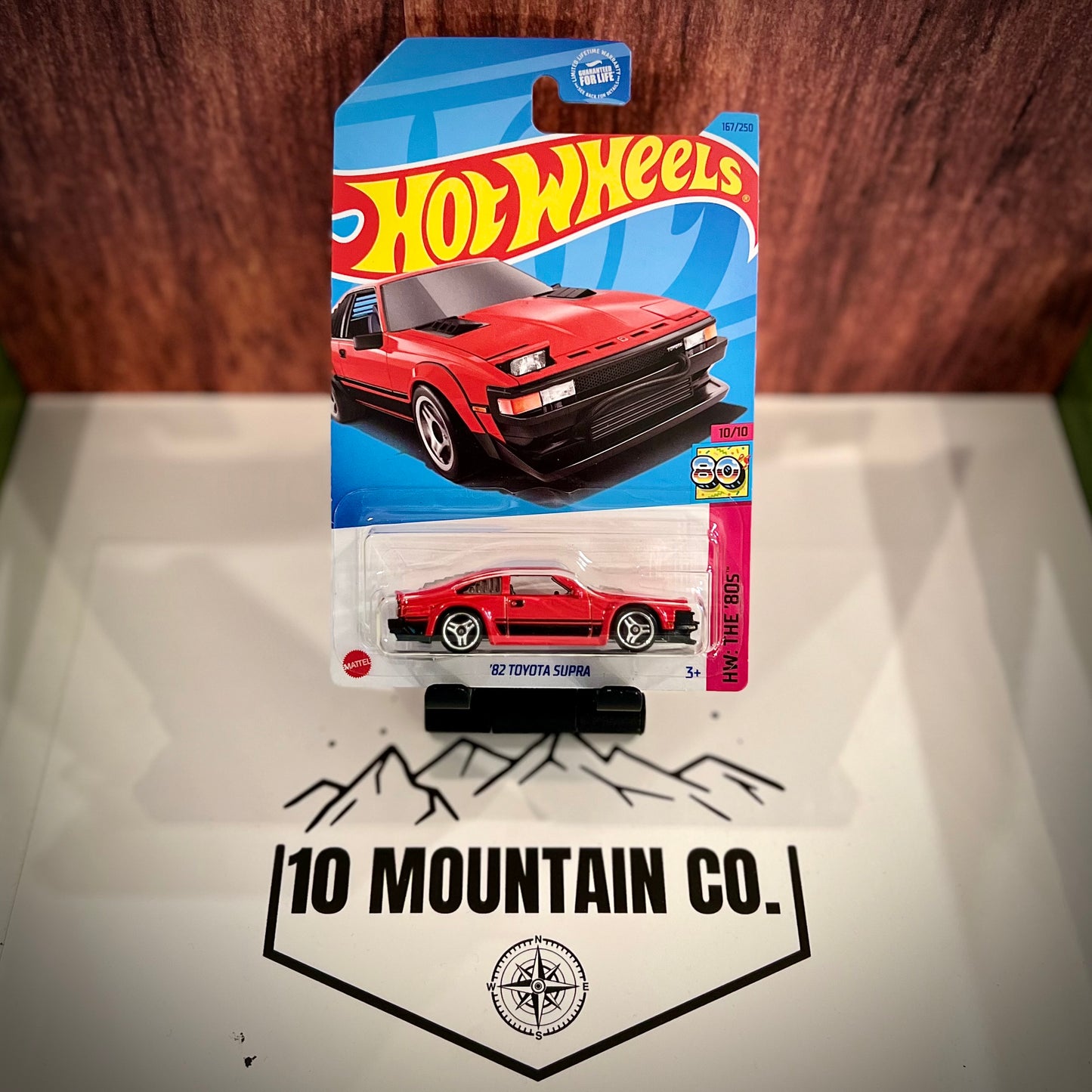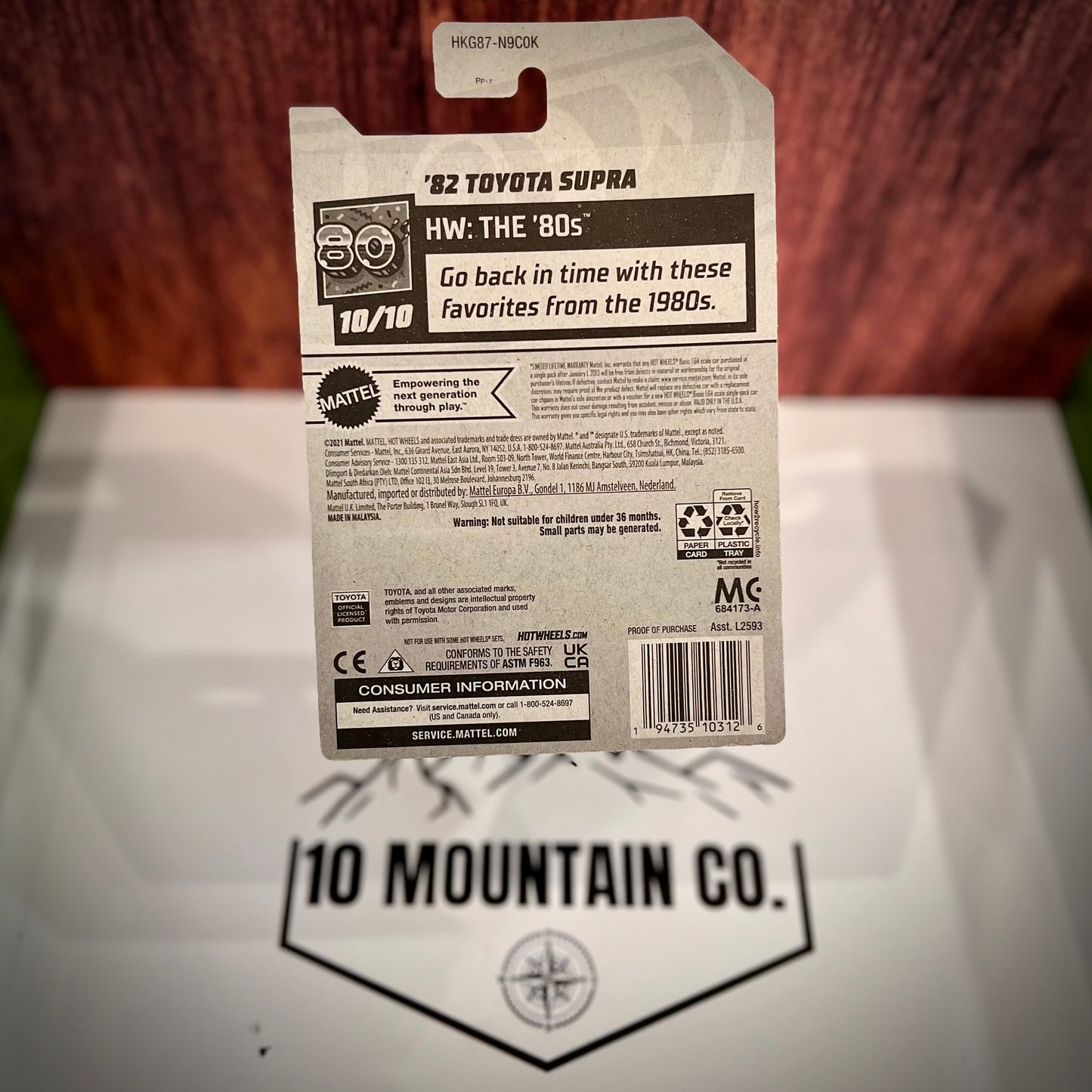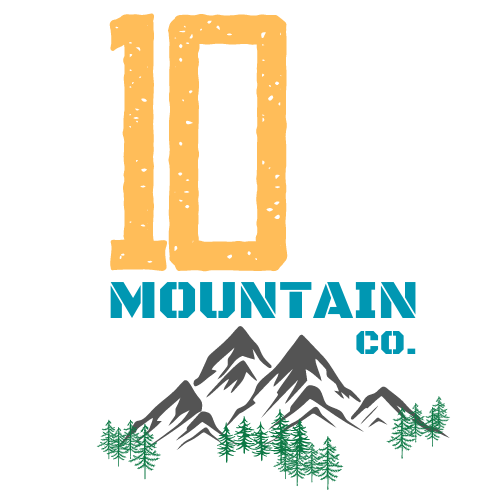10 Mountain Co. Diecasts and Collectibles
‘82 Toyota Supra
‘82 Toyota Supra
Couldn't load pickup availability
Number: HKG87-N9C0K
Year: 2023 - 10/10
Collection: HW: The 80s
Born: 1981, Tahara, Aichi, Japan
Manufacturer: Toyota
In mid-1981, Toyota completely redesigned the Celica Supra as well as the entire Celica lineup for the 1982 model year. In Japan, they were known as the Celica XX, but the Celica Supra name was used for the world market. Still based on the Celica platform, there were several key differences, most notably the design of the front end and fully retractable pop-up headlights. Other differences were the inline-six rather than four-cylinder engine, as well as an increase in length and wheelbase to accommodate the larger engine. Cars installed with the 5M engine were slightly wider, while other models remained compliant with Japanese dimension regulations. The front suspension used Macpherson struts while the rear used a semi-trailing link design with an attachment at the rear differential.
In 1981, Japanese buyers were offered an alternative to the Celica XX liftback body style, called the Soarer coupe, which was offered at a different Japanese Toyota dealership network called the Toyota Store, as the Celica XX was sold at the Toyota Corolla Store. The four-door performance saloon called the Celica Camry was realigned with the Japanese market Carina, while in North America the Cressida took on that role.
In 1982, for the 1983 model year, there were not many changes but there was an increase in power output to 150 hp and 159 lb⋅ft of torque from the same 5M-GE engine. The only real change in the engine area was the switch from a vacuum advanced to an electronic advanced distributor, yet that did not increase the power output. Toyota switched to a 4.10:1 rear gear ratio for the P-type and a 3.73:1 for the L-type. As for the optional automatic transmission, they replaced the A43DL 4-speed with a newly designed A43DE 4-speed. It had an electronic controller that would adjust its shift pattern for a balance between performance and economy. It was the first in the industry to provide an electronically controlled transmission (ECT). This allowed the driver to choose either the "power" driving mode or "normal" driving mode at the touch of the button. The power mode provided the quickest acceleration, and the normal mode provided the best all-around performance.
The interior virtually had no changes, but changes to the exterior included a switch to a power mast antenna, mudflaps on all models, and the addition of headlight washers on the P-type. All B-pillar and nose badges for cars sold in North America read "Celica Supra" and only the P-type was available in two-tone colour schemes.
Share




